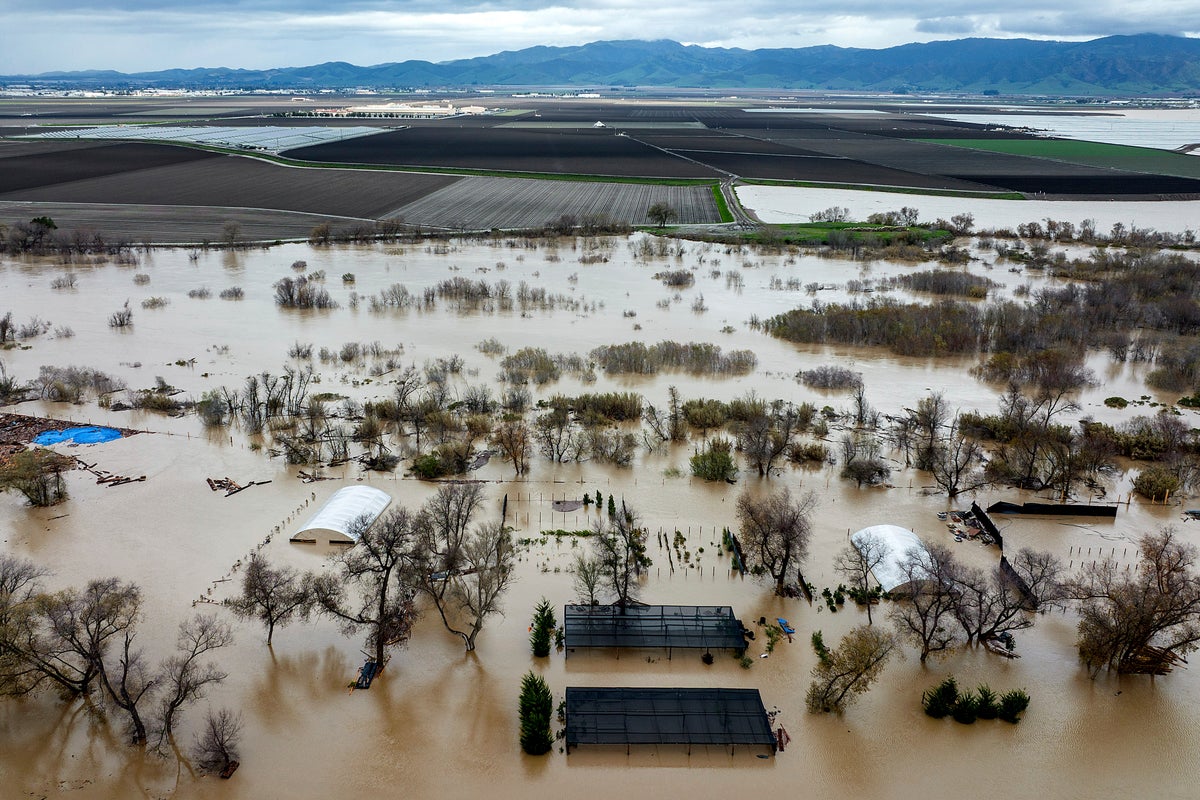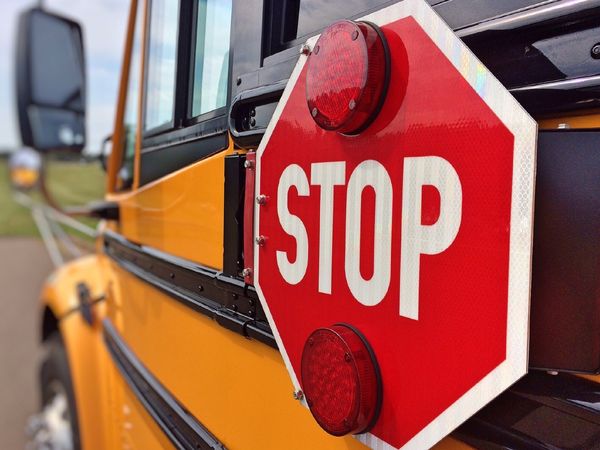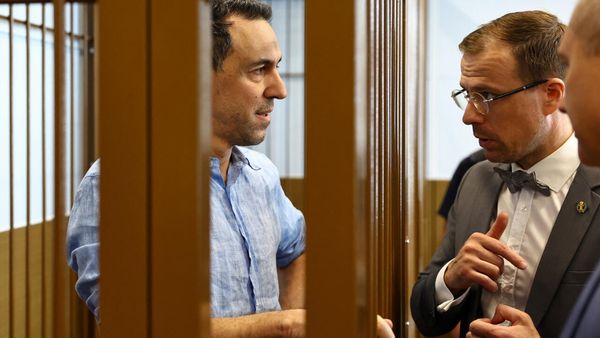
Weeks of historic rainfall in California mean public agencies that supply 27 million people will get much more water from the state than they were scheduled to get a month ago — enough to supply an estimated 4.4 million households for a year.
In December, state officials announced public water agencies would get just 5% of what they had asked for because of a severe drought that had depleted the state’s reservoirs to dangerously low levels.
But starting on New Year’s Eve, a weather phenomenon known as “atmospheric rivers” began pummeling California for weeks. Nine atmospheric rivers dumped an estimated 32 trillion gallons of water on the state in three weeks. It was enough to increase water storage in the state’s two largest reservoirs by a combined 66%.
More water could be on the way. Thursday’s allocation does not include water that will eventually come in the spring when the snow melts in the Sierra Nevada. As of Tuesday, California had more than twice as much snow in the mountains compared to hits historical average.
“We are pleased that we can increase the allocation now and provide more water to local water agencies,” said Karla Nemeth, director of the state Department of Water Resources. “These storms made clear the importance of our efforts to modernize our existing water infrastructure for an era of intensified drought and flood. Given these dramatic swings, these storm flows are badly needed to refill groundwater basins and support recycled water plants.”
The U.S. Drought Monitor said Thursday that severe drought was reduced to moderate drought in most of the San Joaquin Valley and the lowest category — abnormal dryness — has replaced moderate drought on the entire central coast, including Monterey Bay.
“Over the past few weeks, a series of atmospheric rivers brought significant amounts of rain and snow across parts of the West leading to improvements in soil moisture, streamflow, reservoirs levels and snowpack,” the monitor said.
Most of the state, however, remains in moderate or severe drought, with only a fraction on the far north coast entirely free of drought.
The worst categories of drought — exceptional and extreme — were eliminated from California earlier this month.
Despite that, state water officials warned the state still has two months left of its rainy season. It’s possible California could return to dry conditions before April 1. State officials said Californians should “continue to use water wisely to help the state adapt to a hotter, drier future and the possible return of drought.”







